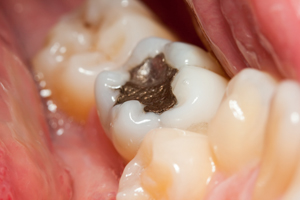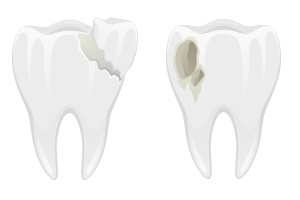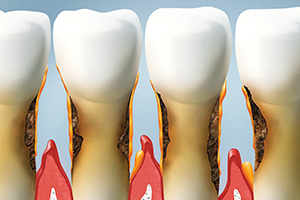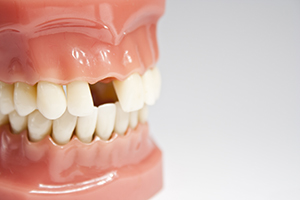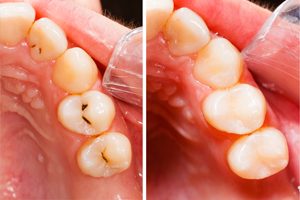 Tooth Colored Fillings in Southfield, MI
Tooth Colored Fillings in Southfield, MI
Composites resins are a great way to treat cavities without the need for unsightly metal (amalgam) fillings. If you’re looking for a dentist who’s experienced with tooth colored fillings in Detroit & Southfield, MI … contact Dr. Roy Rosen!
Frequently Asked Questions about Composite Fillings
- What is a composite resin (white filling)?
A composite resin is a tooth-colored plastic mixture filled with glass (silicon dioxide). Introduced in the 1960s, dental composites were confined to the front teeth because they were not strong enough to withstand the pressure and wear generated by the back teeth. Since then, composites have been significantly improved and can be successfully placed in the back teeth as well. Composites are not only used for restoring decay, but are also used for cosmetic improvements of the smile by changing the color of the teeth or reshaping disfigured teeth. - How is a composite placed?
Following preparation, the composite is placed in layers, using a light specialized to harden each layer. When the process is finished, the composite is shaped to fit the tooth. It is then polished the composite to prevent staining and early wear. - How long does it take to place a composite?
It takes about 10-20 minutes longer to place a composite than a traditional filling. Placement time depends on the size and location of the cavity. The larger the size, the longer it will take. - What are the advantages of tooth colored fillings?
Aesthetics are the main advantage, since we can blend shades to create a color nearly identical to that of your natural tooth. Composite tooth colored fillings bond to the tooth to support the remaining structure, which helps to prevent breakage and insulate the tooth from excessive temperature changes. - What are the disadvantages?
After receiving and dental fillings, patients may experience post-treatment sensitivity. This usually subsides in a day or two; contact us immediately if unusual pain persists. Additionally, the shade of the composite can change slightly if you drink tea, coffee or other staining foods. We can put a clear plastic coating over the composite to prevent the color from changing if you are particularly concerned about tooth color. Finally, composites do tend to wear out sooner than traditional metal fillings when used in some larger cavities, although they hold up as well in small cavities. - How long will a composite last?
Studies have shown that composites last 7-10 years, which is comparable to traditional fillings except in very large restorations.


